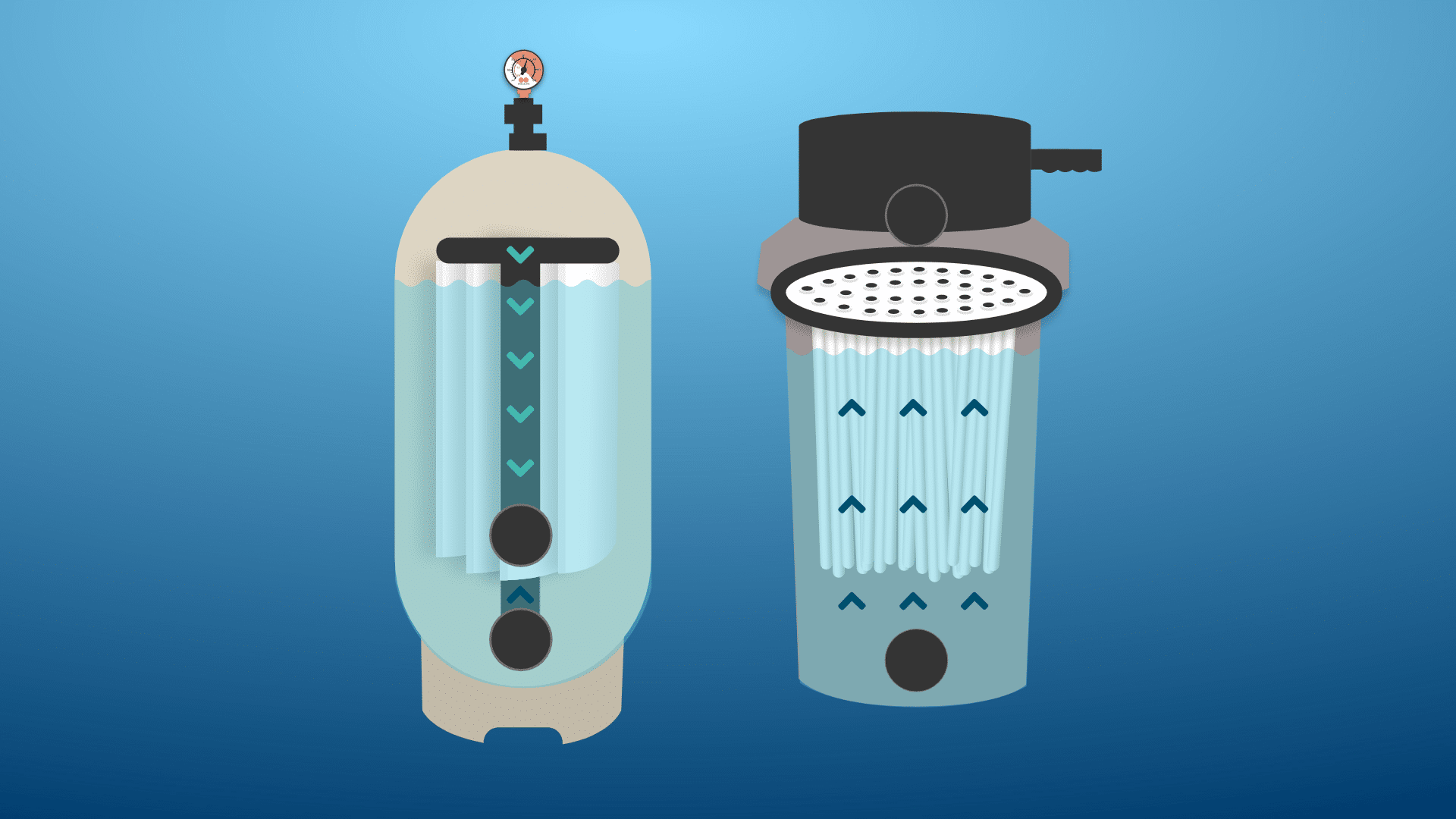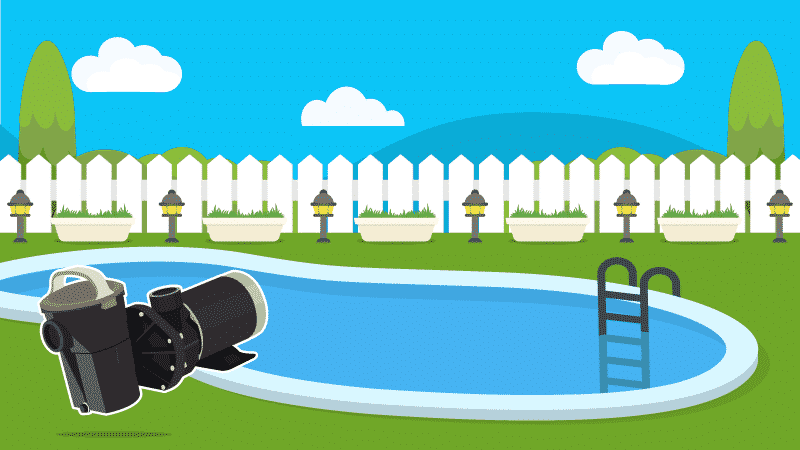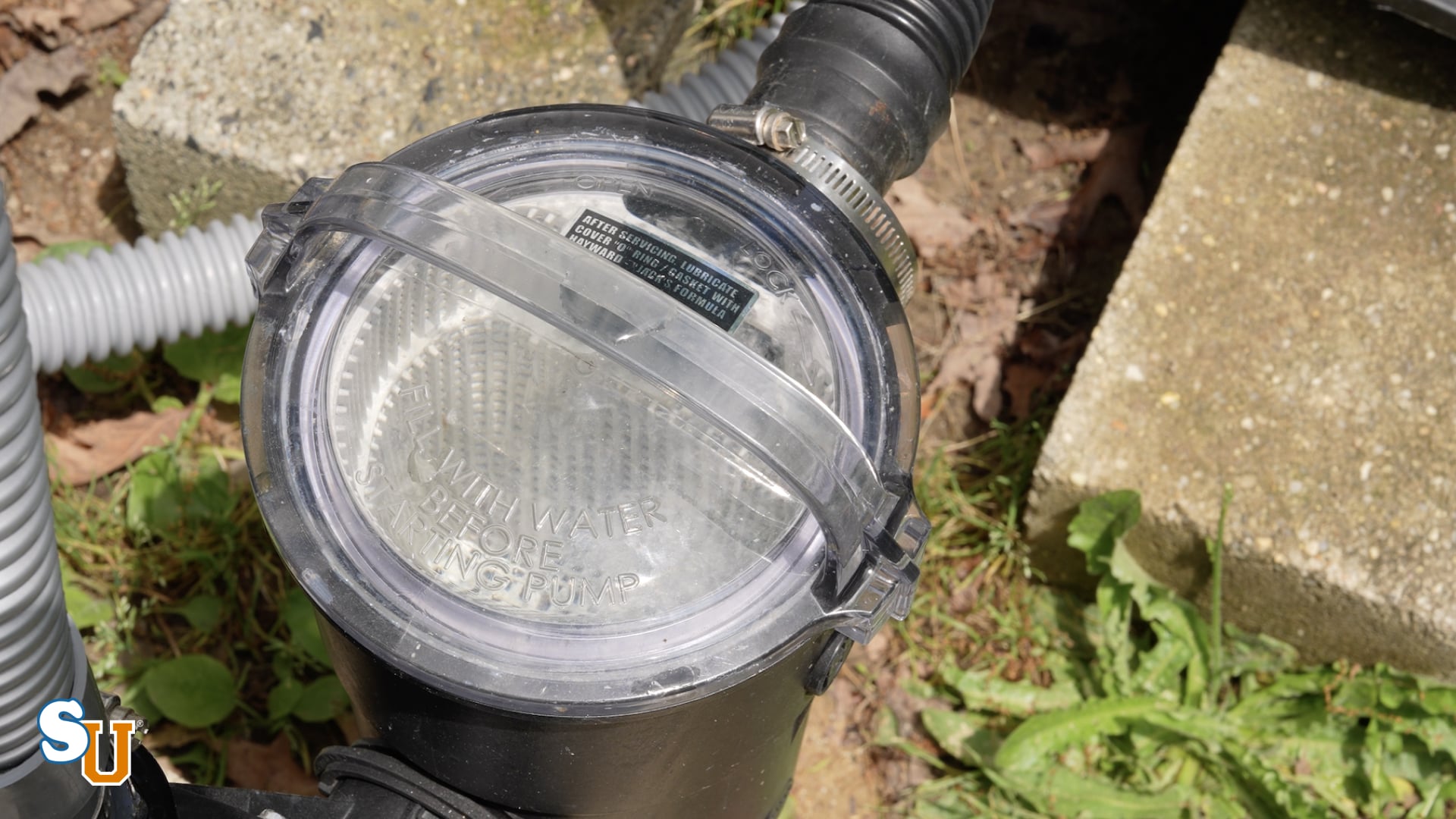How to Prime a Pool Pump in 4 Easy Steps
The biggest part of pool maintenance is keeping things running smoothly. You balance the water, you add sanitizer, you clean the filter—it’s all about caring for your pool. But sometimes, good pool maintenance also means preventing damage, especially to what can often be expensive equipment. That includes the pump. Especially the pump.
Not only can a damaged pump be expensive to repair or replace, until it’s fixed or you get a new one, your pool will essentially be shut down. The water can’t circulate without the pump, which means it can’t run through the filter, which means the longer it sits stagnant, the dirtier it gets.
A lot of things can happen to keep a pump from working properly. Thankfully, a lot of those things can be avoided simply by knowing how to prime a pool pump.
Why Do I Need to Know How to Prime a Pool Pump?
Nearly every piece of pool equipment you own is made to withstand being wet or submerged at all times. Usually, it’s because part of its function means it’ll be in close proximity to water, and needs to not fail or corrode in that wet environment.
But the pool pump is a little different. It’s meant to function only with water inside it. It’s not just that it can get wet and not be damaged. It’s that if it’s not wet—if it’s not full of water—it’ll be damaged.
What Happens When a Pool Pump Goes Dry?
The pump is like the heart of your pool’s circulation system, and the water is its lifeblood. Without water moving through it at all times, the pump’s motor will begin building friction, which creates heat. This will cause the seal to overheat and melt.
If it runs without water for too long, and the pump itself overheats, the heat could damage PVC pipes connected to it, as well as other components in the plumbing system.
Eventually, the pump itself won’t be able to withstand the heat, and it’ll seize up, possibly breaking beyond repair.
Depending on the brand and type of pump you have, replacing it could be quite an expense. Plus, it just hurts to spend that much money—any amount of money, really—when the damage could so easily have been prevented.
The overheating, the melting seal, the PVC damage, the premature pump death—it can all be avoided by priming the pump.
What is Priming a Pool Pump?
Sometimes, air will manage to make it into your pool pump without your having done anything to invite it.
For example, if you live in an area that sees freezing temperatures during the winter, you’ll want to blow the water out of the plumbing lines before you close your pool. This will keep the water from freezing in the pipes, which can damage them. When you blow the water out of the plumbing system, you’re replacing it with air.
Come spring, when it’s time to open your pool, if you just start the pump while it still only has air in it, you’re going to run into all those overheating problems. You need to get water flowing into and through the pump before fully turning the system on. And you do that by priming the pump.
How to Prime a Pool Pump
It’s a simple, straightforward process, but don’t underestimate its importance. It’s vital to learn how to prime your pool pump, and to never skip the process when it’s necessary.
1. Turn the Multiport Valve to Recirculate
This will direct the water into the filter head, and then right back out to the pool.
2. Remove Pool Plugs
You’ll need water to be able to flow into the pump, so remove any plugs you may have in the skimmer(s) or return jets before you turn any equipment on.
3. Fill The Pump With Water
Remove the pump’s lid and check the inside. If it’s dry, you’ll need to add some water before you turn it on. Make sure all the drain plugs are in place, then use a garden hose to pre-fill the pump housing.
Allow water to run into the pump housing for at least two minutes. This will allow some water to seep into the pipes that extend from the skimmer to the pump so there’ll be enough water to create suction in the pump.
4. Turn the Pump On
Replace the lid, and turn the pump on. It may gurgle and sputter a little, and it may take a little time, but eventually, you should see water filling the pump housing.
Once the housing is full of water, the pump is primed, and you’re ready to go!
Pump Priming Troubleshooting
Depending on how long your pump has been sitting dry, it may take a couple of tries to get it primed.
Sometimes, no matter how many times you go through the process, the pump just won’t prime. If that happens, you can try a couple of other tactics to get it going.
Add More Water to the Pump
Turn the pump off, remove the lid, and add more water. It might be that there’s just not enough water in the system to create the suction necessary to get it moving into and through the pump.
Important: It’s imperative that you turn the pump off before you add more water. Removing the lid while the pump is running will also impede the creation of enough suction to get the pump working properly. In addition, without the lid, some of the water may splash out of the pump, defeating the purpose of adding it.
Once you’ve filled the housing, replace the lid, turn the pump back on, and watch for the housing to (hopefully) fill with water.
Add Water Through a Skimmer
Rather than letting water run directly into the pump housing, place the hose in one of the pool’s skimmers. It could be that air is simply blocking the water from moving through the system. Adding water from the opposite direction may loosen things up.
Note: When trying this method, it’s not necessary to turn the pump off first. After all, that’s how your pool should normally work—water enters the skimmers, and makes its way to the pump.
Check for Leaks
If, after several tries, your pump still won’t prime, it’s possible there’s a leak in the housing. Inspect the pump for cracks or other damage. It may be time for a new pump.
The Hayward Super Pump Single-Speed 1 HP Pool Pump sets the industry standard for efficiency and dependability and is part of the world’s best-selling medium-head pump family.
Call in a Pro
If you simply can’t get it to work no matter what you do, consider calling in a pro. Sure, it’ll cost more than doing it yourself, but it can also prevent further damage to the pump.
It’s Prime Time!
While you’ll have to perform this process most often when opening the pool, you may have to do it during the open season as well.
Keep an eye on your pool’s water level. If it drops too low for some reason, or there’s a blockage in the skimmer, and not enough water is entering the system through that skimmer, it could dry out the pump and cause all those overheating problems you want to avoid.
Even if that does happen, knowing how to prime the pool pump means you’ll be able to fix it quickly, and get back to enjoying the pool in no time.
Happy Swimming!
3 Ways We Can Help With Your Pool
- Pool Care Cheat Sheets (Free): Easy-to-use downloadable guides to help you keep track of taking care of your pool this year.
- The Pool Care Handbook: An illustrated guide to DIY pool care, including water chemistry, maintenance, troubleshooting, and more.
- The Pool Care Video Course: You’ll get 30+ step-by-step videos and a downloadable guide with everything you need to know about pool maintenance.









